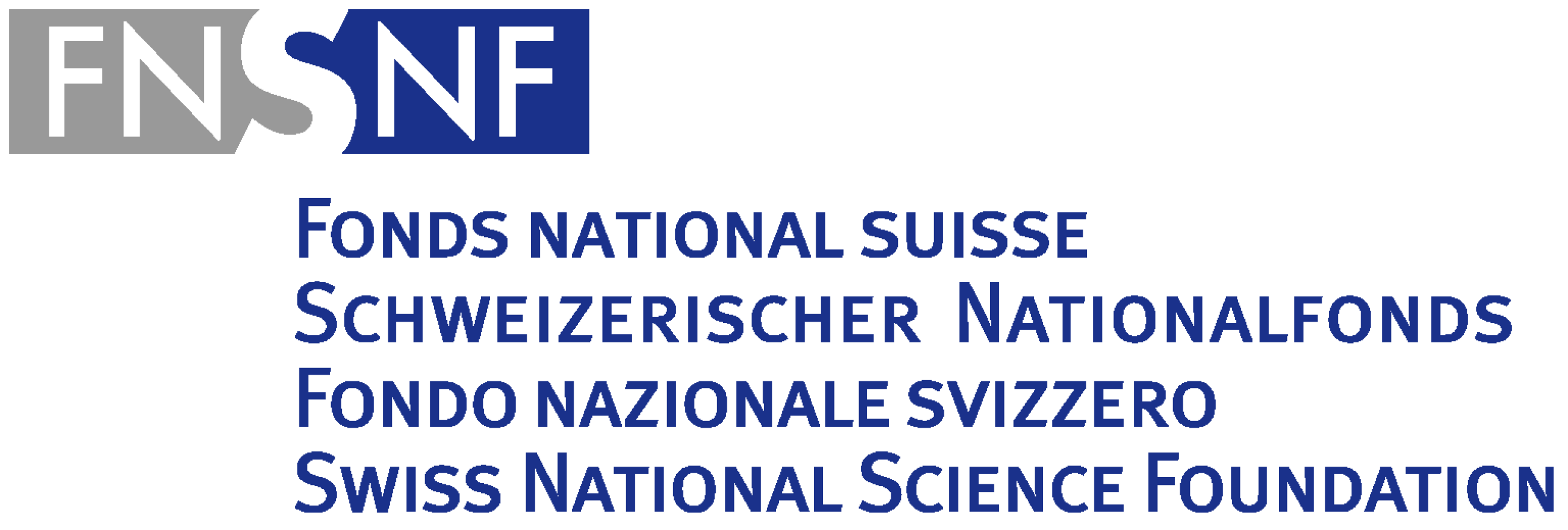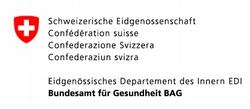Systems Toxicology
Tiered strategies for risk assessment of mixtures of multiple chemicals
A traditional approach to assessing the risk to human health from chemical exposure is to study one chemical at a time without considering the more realistic scenario of aggregate and combination exposures to multiple chemicals. Aggregate exposure can result in effects that cannot be reliably predicted by simply adding the effects from single chemical exposures. The EU Research and Innovation Program Horizon 2020 funds external page Euromix, a consortium of 22 European research institutes and 4 affiliated partners to develop an experimentally verified, tiered strategy for cumulative risk assessment of chemical mixtures. On the basis of our expertise in using in vitro models to address how transcriptional activation of metabolic enzymes impacts toxicity, together with bioanalysis capacities, our group is an active member of external page Euromix. We develop and apply high-content in vitro bioassays to measure molecular and cellular endpoints of toxicity, with a major focus on cellular protein network responses in liver cells.
Making sense of high-content toxicological data: in vitro response profiles and in silico modeling for predicting human liver toxicity from chemicals in food
Safeguarding human health in the age of global food trade requires sound scientific knowledge of potential toxicity from dramatically increasing numbers of chemicals in food. 3R initiatives to replace animal studies are further spurred by accumulating evidence that interspecies differences limit their usefulness for predicting adverse effects of chronic exposure to chemicals in humans. These challenges underscore the urgent need for a toxicology paradigm shift from effect observation in vivo to effect prediction and read-across, including the use of mathematical models for in vitro to in vivo extrapolation (IVIVE). Our group is spearheading external page collaborative research involving the ETH Laboratory of Toxicology led by Professor Shana Sturla, the ETH Biomedical Proteomics Platform led by Professor Bernd Wollscheid and the external page National Center for Computational Toxicology of the United States Environmental Protection Agency, in partnership with the external page Swiss Food Safety and Veterinary Office (FSVO). This project will integrate knowledge of mechanisms of toxicity with advanced bioanalytics, in vitro human cell models and bioinformatics to establish an integrated platform for predicting liver injury from food-related chemical exposures.
Building Systems Toxicology
Given the multidisciplinary and transformative nature of Systems Toxicology, our group is also active in promoting an understanding of accomplishments and challenges in the field, and stimulating interactions amongst diverse stakeholders. In this context, we are one of the lead organizers of the external page International Systems Toxicology Meetings in Switzerland, a coordinated effort between ETH Zurich, SCAHT (Swiss Center for Applied Human Toxicology) and SIB (Swiss Institute for Bioinformatics), the Systems Toxicology Special Issues of Chemical Research, and have partnered with other leaders in the field to review recent advances at the intersection of Systems Biology and Toxicology.
References
Reviews and Editorials
- Hartung T, Kavlock R, Sturla SJ. (2017; Editorial) Systems Toxicology II: A Special Issue. external page Chem Res Toxicol. 30(4): 869
- Hartung T, FitzGerald RE, Jennings P, Mirams GR, Peitsch MC, Rostami-Hodjegan A, Shah I, Wilks MF, Sturla SJ. (2017) Systems Toxicology: Real World Applications and Opportunities. external page Chem Res Toxicol. 30(4): 870-882.
- Sturla SJ, Boobis AR, FitzGerald RE, Hoeng J, Kavlock RJ, Schirmer K, Whelan M, Wilks MF, Peitsch MC. (2014) Systems toxicology: from basic research to risk assessment. external page Chem Res Toxicol. 27(3):314-29.
- Sturla SJ, Hollenberg P. (2014; Editorial) Systems toxicology: a special issue. external page Chem Res Toxicol. 27(3):311.
Research Articles
Erzinger MM, Bovet C, Hecht KM, Senger S, Winiker P, Sobotzki N, Constantinescu S, Beerenwinkel N, Shay JW, Marra G, Wollscheid B, Sturla SJ. (2016) Sulforaphane preconditioning sensitizes human colon cancer cells towards the bioreductive anticancer prodrug PR-104A. external page PLOS One, 11(3): e0150219.
Stornetta A, Villalta PW, Hecht SS, Sturla SJ, Balbo S. (2015) Screening for DNA alkylation mono and crosslinked adducts with a comprehensive LC-MS3 adductomic approach. external page Anal Chem. 87(23): 11706-11713.
Erzinger MM, Bovet C, Uzozie A, Sturla SJ. (2015) Induction of Complementary Function Reductase Enzymes in Colon Cancer Cells by Dithiole-3-Thione vs. Sodium Selenite. external page J Biochem Mol Toxicol. 29(1): 10-20.
Januzzi Madureira D, Weiss FT, Van Midwoud P, Helbling DE, Sturla SJ, Schirmer KA. (2014) Systems toxicology approach to understand the kinetics of benzo[a]pyrene uptake, biotransformation and DNA adduct formation in a liver cell model. external page Chem Res Toxicol. 27(3): 443-453.
Constantinescu S, Hecht K, Sobotzki N, Erzinger MM, Bovet C, Shay JW, Wollscheid B, Sturla SJ, Marra G, Beerenwinkel N. (2014) Transcriptomic responses of cancerous and noncancerous human colon cells to sulforaphane and selenium. external page Chem Res Toxicol. 27(3): 377-386.
VanMidwoud P, Sturla SJ. (2013) Improved efficacy of acylfulvene in colon cancer cells when combined with a nuclear excision repair inhibitor. external page Chem Res Toxicol. 26(11): 1674-1682.
Collaborators
FNSNF
UZH
BAG


